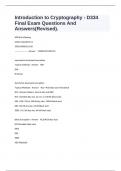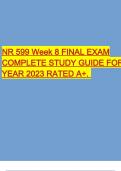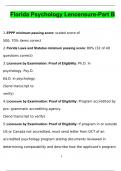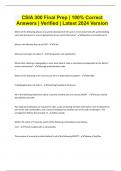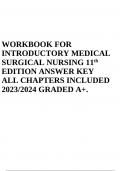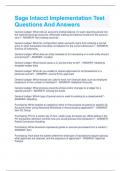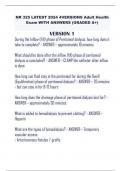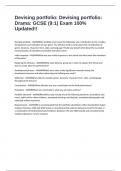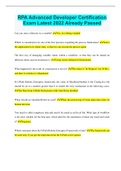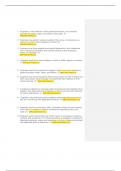Tentamen (uitwerkingen)
Introduction to Cryptography - D334 Final Exam Questions And Answers(Revised).
- Vak
- Instelling
XOR the following ------------------ - Answer asymmetric key-based encryption -typical methods - Answer RSA DSA El Gamal Symmetric key-based encryption -Typical Methods - Answer RC2- 40 bit key size 64 bit block RC4- (Stream Cipher)- Used in SSL and WEP RC5- (Variable Ke...
[Meer zien]
